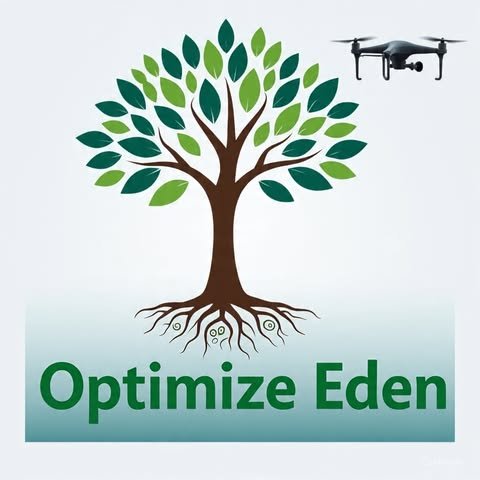A look at: Zero Hungry by 2030
Check out this peer-reviewed article that investigates how AI can improve support for global food security, aiming for the goal of zero-hungy by 2030.
Image: (UN.org, 2023)
This paper looks at the challenges to developing nations, such as electricity and internet access, the prohibitive cost of AI technologies, attitudes about AI, and the lack of digital literacy among farmers. The article suggests that once the barriers are removed, perhaps by public-private partnerships, locally tailored AI solutions, and inclusive policy to help them get digitally connected, AI can help with tasks such as, "irrigation management, crop surveillance, disease identification, fertilization practices, task automation, image manipulation, data processing, yield forecasting, supply chain optimization, weed control, decision support systems (DSS), resource utilization," and more. Remote sensing (RS) can be used in many ways to monitor crops, such as soil assessment, predicting moisture levels, accurately identifying crop phenotypes, and biomass modeling. The incredible potential for technology and growth is unfolding and may help feed these populations.
Citation:
Ahmad, A., Liew, A. X. W., Venturini, F., Kalogeras, A., Candiani, A., Di Benedetto, G., Ajibola, S., Cartujo, P., Romero, P., Lykoudi, A., De Grandis, M. M., Xouris, C., Lo Bianco, R., Doddy, I., Elegbede, I., D’Urso Labate, G. F., García del Moral, L. F., & Martos, V. (2024). AI can empower agriculture for global food security: challenges and prospects in developing nations. Frontiers in Artificial Intelligence, 01-18. https://doi.org/10.3389/frai.2024.1328530
2309739_E_SDG_2023_infographics-2-2.pdf. (2023). UN.org. Retrieved July 11, 2025, from https://www.un.org/sustainabledevelopment/wp-content/uploads/2023/08/2309739_E_SDG_2023_infographics-2-2.pdf

